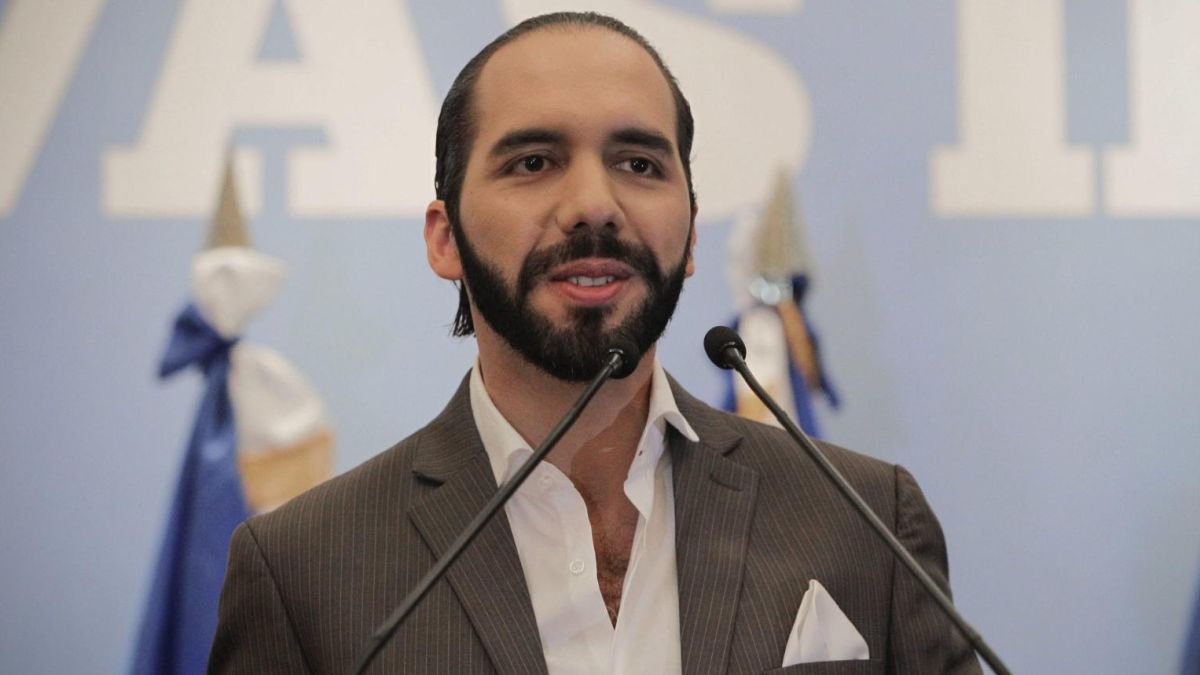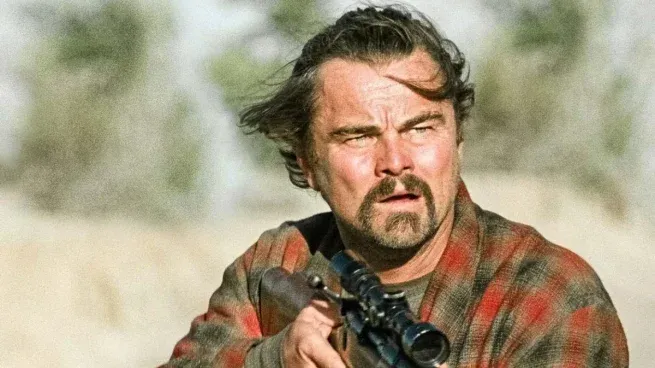In the summer, she listens to the loudspeaker announcements from the lido at her desk Wannsee on the opposite bank. In winter she sees the lake very quietly in front of her window, crows caw above the trees on the bank. “It’s the ambivalence of this place, incredibly beautiful and incredibly tragic,” says Vienna-born director Deborah Hartmann in her office in the Wannsee Conference building. “It’s quite confusing.”
Discussion on the murder of millions of Jews
Ironically, in this Berlin villa on the Great Wannsee In the south of Berlin, SS-Obergruppenfuhrer Reinhard Heydrich invited high-ranking Nazi officials to plan the murder of up to eleven million European Jews on January 20, 1942. 90 minutes should be enough for the discussion on the so-called final solution to the Jewish question. Then breakfast. It’s not just the location that’s confusing. 80 years later it seems almost unimaginable how people devised and implemented this unprecedented genocide, how educated gentlemen encouraged each other in a dignified ambience.
Hitler had already publicly threatened the “annihilation” of the Jews
As early as mid-1941 Heydrich had been commissioned by Reich Marshal Hermann Goering to practically organize this so-called Final Solution. Chancellor Adolf Hitler even publicly threatened the “complete annihilation of the Jewish race”. So the political decision had long been made, and the machinery had already started, with the shooting of tens of thousands in the areas of Eastern Europe controlled by Germany.
Shoah not decided at the Wannsee Conference
It would be a misunderstanding to assume that the Shoah was decided at the Wannsee Conference, says Matthias Hass, the deputy director of today’s educational center at the historic site. “The level that sits here decides nothing, it’s not a political decision-making level. It’s an implementation of things that are already taking place.” The 15 officers and officials there in the conference room overlooking the Wannsee should – one must say so – optimize the machinery of death.
They are state secretaries from Berlin ministries, including the lawyer Roland Freisler, who later became notorious as President of the People’s Court. They are representatives of the NSDAP, the security apparatus and the administration of the eastern territories. In addition to Heydrich, the central figure is SS officer Adolf Eichmann, head of the “Jewish Affairs and Clearances” department in the Reich Security Main Office.
communication, meaning “final solution”.
With the meeting, Hass explains, Heydrich wants to assert his leadership role and secure the support of the various administrative units. In addition, it is important “to tell everyone who may not yet know what the final solution to the Jewish question actually means: Europe-wide deportation to death, to mass murder: ‘We are planning the murder of eleven million people.'”
The goal was not new for the participants, but the dimension may have been, says Hass. Heydrich has meticulously compiled for the appointment where and how many potential victims of the planned “special treatment” can be found. The fact that Jews outside the Nazi dominion are also listed – for example 330,000 in England and five million in the Soviet Union – probably reflects the certainty of the Nazi apparatus’ victory in the World War that began in 1939.
The death list is part of the protocol of the Wannsee Conference. It explains how the Nazi state tried “legally” to “cleanse the German living space of Jews” with repression and persecution. Now, however, the “emigration work” is over and in its place “the evacuation of the Jews to the East has taken its place as a further possible solution after appropriate prior approval by the Führer”.
It was spoken bluntly of “mass murder”.
The 15-page protocol written by Eichmann continues in this language: sterile, belittling, bureaucratic. In the conference However, according to Eichmann’s later statements, “it was spoken quite bluntly of mass murder”, writes the historian Peter Klein from Touro College in Berlin. Nobody had fundamental concerns or objections. Rather, it was a question of competencies, the group of victims, the order of deportation and more efficient methods of murder, such as poisoning with diesel exhaust gases or the poison gas Zyklon B instead of shooting.
After 90 minutes, everything was sorted out. Heydrich had asserted his claim to power, the roles were divided, the industrial murders planned with devilish precision. There were no waiting times, no traffic jams, no lack of trains – a “rapid murder program,” says Hass. “At the time of conference about 80 percent of the victims are still alive. And a year and a half later, in the fall of 1943, 80 percent are dead.” Murdered, worked to death, died of disease, starved. By the end of the war in 1945, a total of six million Jews in Europe.
How do you convey this to school classes today when they visit the villa, which was temporarily used as a country school after the end of the war? How do you convey that to anyone? Matthias Hass doesn’t think that’s hopeless. “We now have generations that are much more radically willing to ask the tough questions,” says the deputy director.
But why people did this, how family fathers and aesthetes could become genocide machinists at the same time, may never be explained, says director Hartmann. “I think we have to learn to live with the fact that some things just remain gray and cannot be answered clearly.”
Source: Nachrichten




